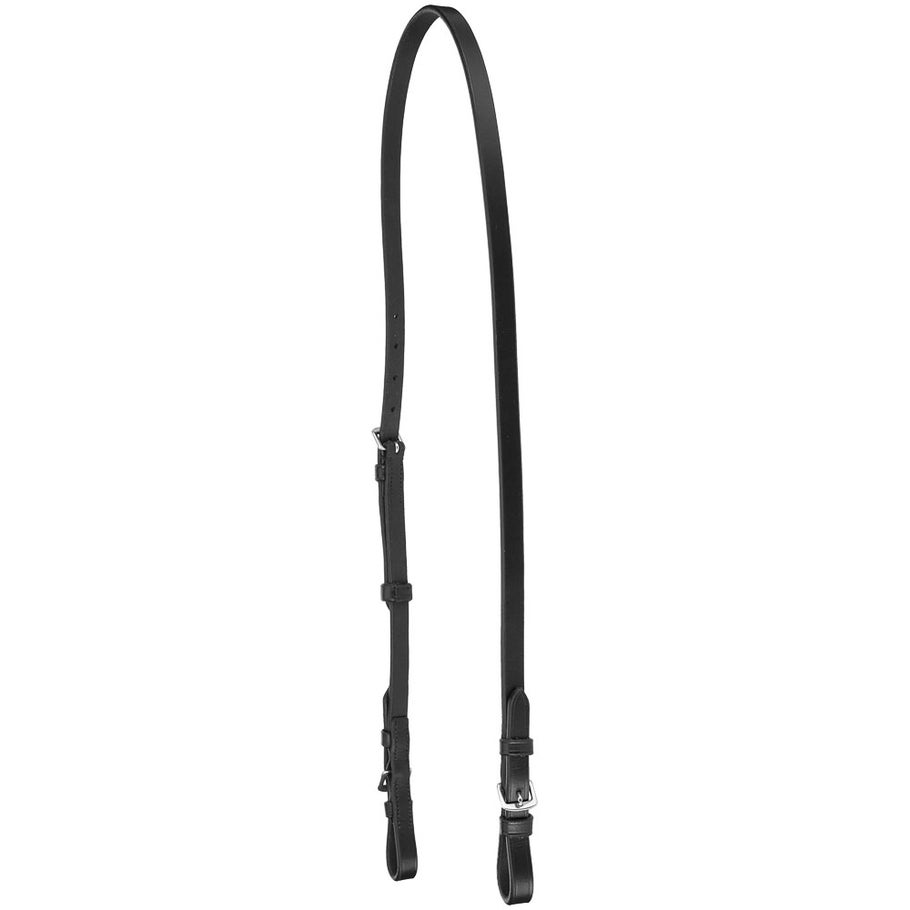My new little mare has been doing great with everything, but in the process of restarting her I’ve run into some major baggage about bridling. From her reactions I have strong reason to suspect she had her head tied around hard and often. When I did manage to get her bridled one time I sent her out to trot around the round pen and she immediately stuck her nose on the saddle flap and spun in circles. I thought she’d gotten the bit hung up, but it wasn’t. I switched tactics and led her around, then lunged her, then let her loose and she did calm down about the bridle that day. Some days ending on a good note means just getting her to stay relaxed while the bridle touches her face.
The vets who looked at her for her coggins did not think she was due for a float, it’s possible there’s something we can’t see and I will have my vet out to look at her, but given that she starts getting tense and avoidant from just seeing the bridle on my arm, I’m leaning towards the behavior being fear based, not pain based.
My game plan right now is to start her in a hackamore while reintroducing bridling in groundwork sessions, then add lunging in a bit, then long reining, then riding with a sort of two rein setup. What I’m looking for is suggestions on how to make introducing a bit more fun for her. Like, can I wrap the bit in a fruit roll up if she’ll eat them? Treats for touching the bit? Non-metallic bits (although at the moment I’m afraid she might chomp through one, she does a lot of nervous chewing when she actually gets a bit in her mouth)?
Tl;dr: what are some ways I can make bridling/carrying a bit more “fun” or engaging for an anxious horse.


